Table of Contents
Australia’s Gridcog, a leading provider of software for planning, tracking, and optimizing distributed energy projects, has conducted a groundbreaking study on the performance of solar fences. These innovative structures, comprising bifacial panels arranged in an east-west orientation at 90-degree tilt angles, have shown promising results in terms of yield and revenue potential. The study involved a comprehensive simulation comparing the solar fence configuration to a traditional vertical ground-mount solar system.
The Gridcog’s Solar Fence Configuration
Solar Fence Configuration, as introduced by Gridcog‘s simulation, presents a novel approach to maximizing solar energy generation. By using bifacial solar panels, which can capture sunlight on both the front and rear surfaces, the system is designed to take full advantage of the sunlight reflected off the ground or surrounding surfaces.
These panels are positioned with a 90-degree tilt angle and oriented east and west, which is less common in traditional solar panel layouts but is thought to increase energy production throughout the day by capturing sunlight from both morning and evening sun angles. The design aims to overcome the limitations of conventional solar setups, which typically optimize for midday sun exposure.
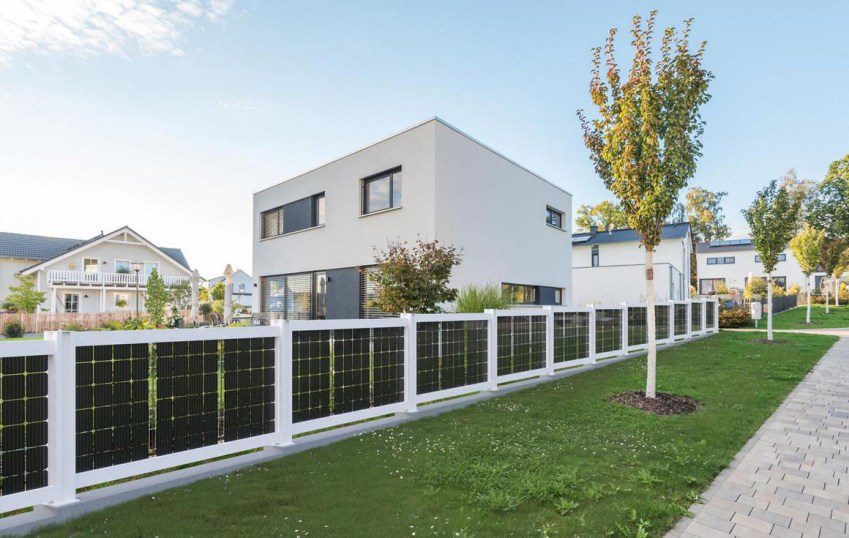
Gridcog’s study sought to determine whether this innovative solar fence configuration could outperform standard systems in both efficiency and financial returns. The unique setup promises to offer better overall energy capture, particularly in areas where sunlight is less direct or available for shorter periods.
By maximizing energy production during more hours of the day, this approach could lead to higher overall yield compared to traditional single-axis or fixed-panel systems. Moreover, the configuration may provide cost-effective advantages by reducing the number of panels needed to generate the same amount of power, ultimately driving better return on investment for solar projects.
Comparative Simulation Methodology
To evaluate the effectiveness of the solar fence configuration, Gridcog conducted a comparative simulation by modeling two distinct scenarios: one using conventional solar systems and the other utilizing the innovative solar fence design. The simulation aimed to provide a fair comparison of the two systems’ performance by using real-world data from two contrasting locations—London and Sydney.
For each site, the simulation considered a full year of operation, ensuring a comprehensive analysis that would capture seasonal variations in solar energy production. The data included typical irradiance levels specific to each location, allowing the study to model the solar output under realistic conditions and assess how each configuration would perform throughout the year.
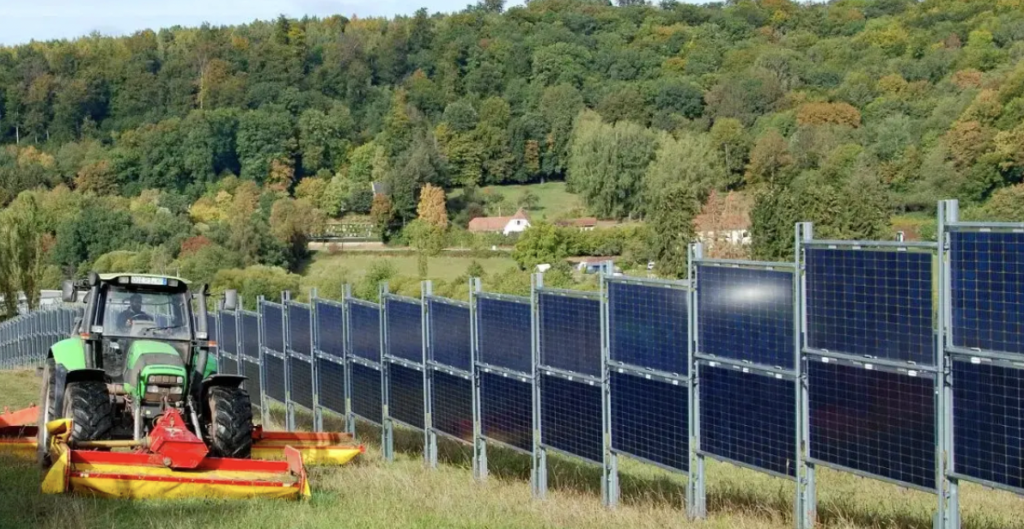
The comparative simulation methodology was designed to not only evaluate energy yield but also assess the economic implications of each system. By incorporating factors such as regional weather patterns, sunlight hours, and market prices, the simulation provided valuable insights into the potential financial returns of both configurations.
This approach allowed for a side-by-side comparison of how the solar fence’s east-west orientation and bifacial panels performed in terms of both energy generation and revenue generation, against the backdrop of typical energy market conditions in both London and Sydney. The results from this simulation would serve as a data-driven foundation for understanding the commercial potential of the solar fence configuration compared to conventional solar systems.
Conventional Solar System Parameters
In the conventional solar scenario, Gridcog modeled 100 kW (DC) / 100 kW (AC) systems using monofacial panels, which are the standard in many solar installations. These panels are designed to capture sunlight only on the front surface, relying on direct exposure to the sun.
For the London site, the panels were oriented at 180 degrees south to optimize performance for maximum solar exposure throughout the day. In contrast, the Sydney system was positioned at 0 degrees north, aligning with the southern hemisphere’s solar trajectory to ensure optimal capture of sunlight. This setup is typical for ground-mounted systems in each region, with both locations receiving a standard tilt angle of 40 degrees, a common choice that strikes a balance between efficiency and ease of installation.
The tilt angle of 40 degrees was selected to reflect typical ground-mount solar configurations, designed to maximize annual energy yield by aligning the panels with the sun’s trajectory across the seasons. This angle is generally considered optimal for capturing sunlight in both the northern and southern hemispheres, balancing the need for peak energy production during summer with maintaining efficiency in the winter months.
By using monofacial panels, the simulation followed conventional solar practices, where energy is primarily generated from direct sunlight. This setup provided a benchmark against which the performance of the solar fence configuration could be measured, allowing for a clear comparison between traditional solar and the innovative bifacial design of the solar fence.
Yield and Revenue Potential Analysis
The core focus of the study was to evaluate the yield and revenue potential of the solar fence configuration compared to conventional solar systems. Gridcog’s simulation allowed for a detailed analysis of energy production and financial returns over one year. By examining both London and Sydney sites, the study aimed to provide insights into the viability and advantages of adopting solar fences in different geographical locations.
Conclusion
Gridcog’s simulation results indicate that solar fences, with their unique east-west orientation and 90-degree tilt angles, demonstrate promising potential in terms of yield and revenue when compared to conventional solar systems.
The study not only highlights the technical advantages of this innovative configuration but also emphasizes the importance of considering geographical factors for optimal energy production. As the renewable energy landscape continues to evolve, the findings from this study contribute valuable insights for future solar projects, potentially paving the way for more efficient and profitable energy solutions.
Related Posts















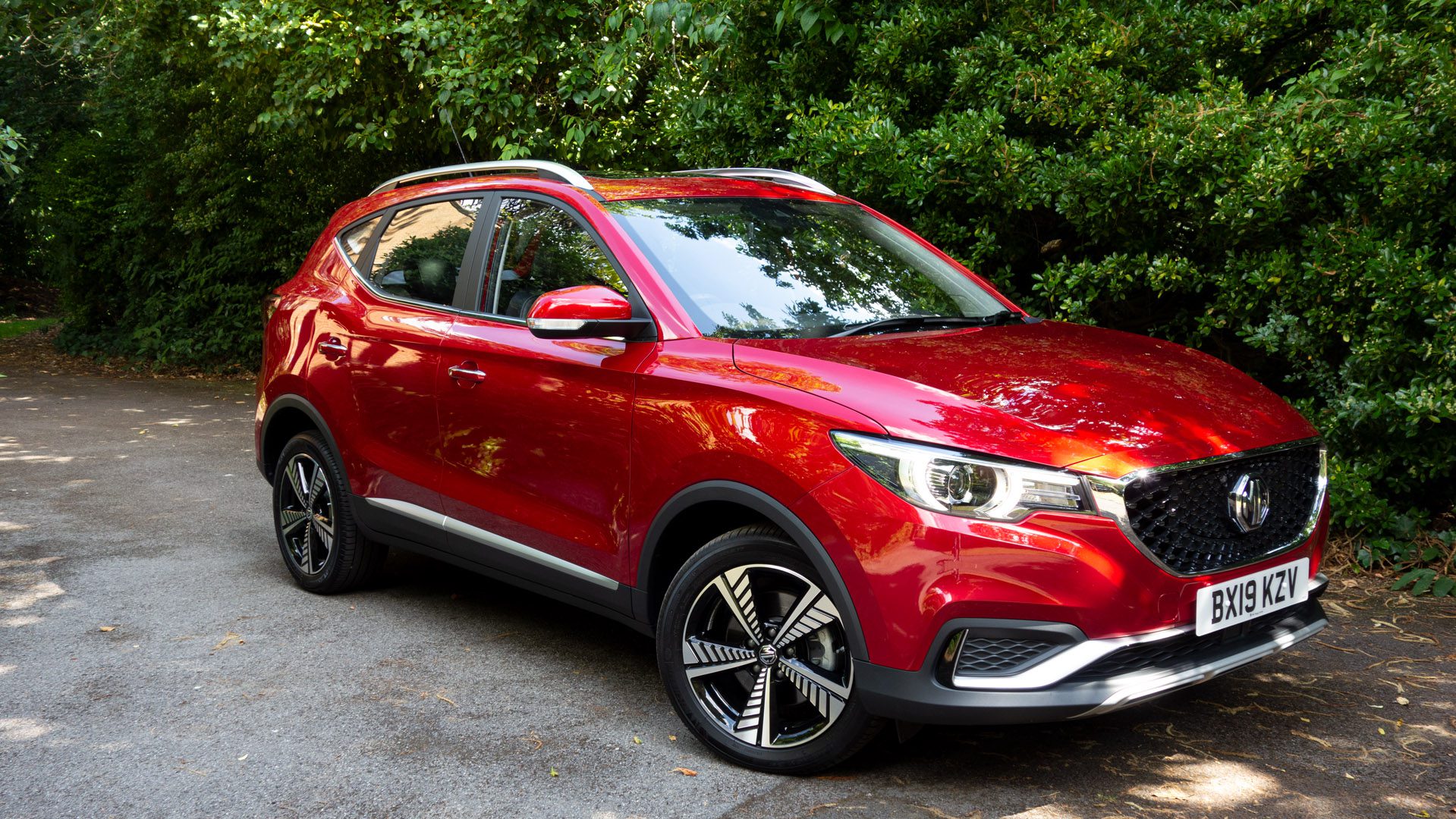
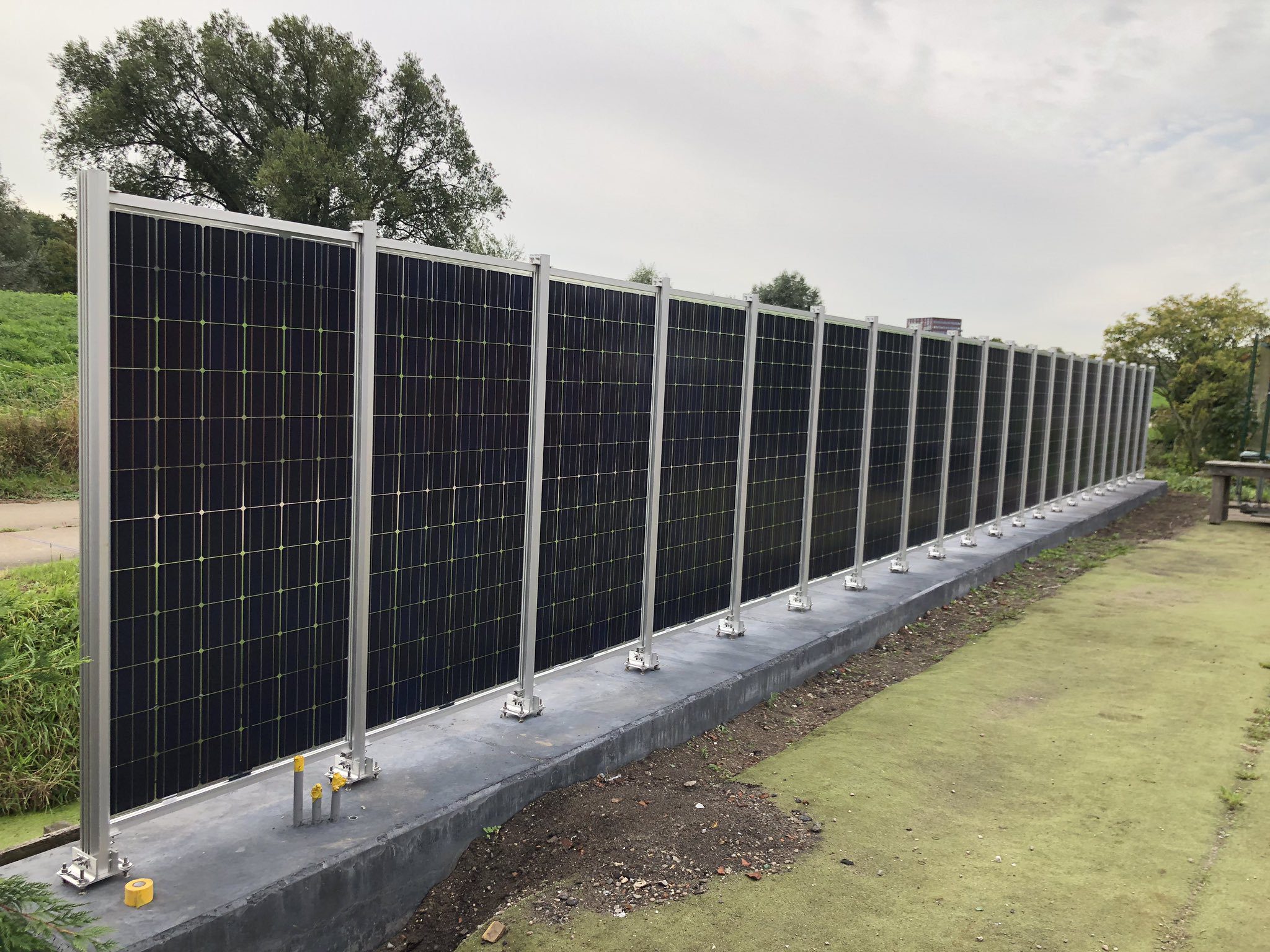



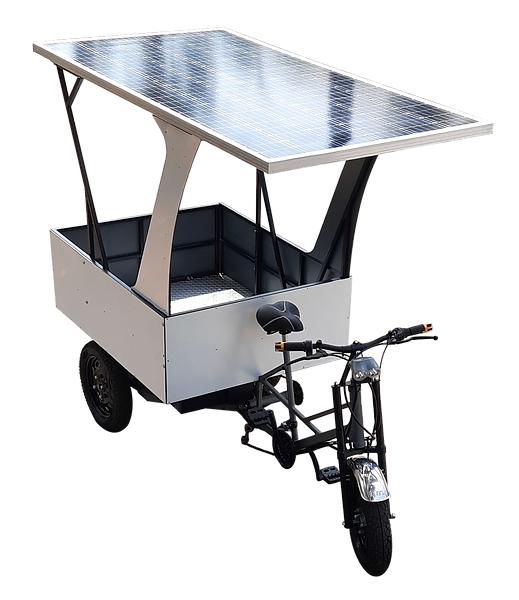

Leave feedback about this